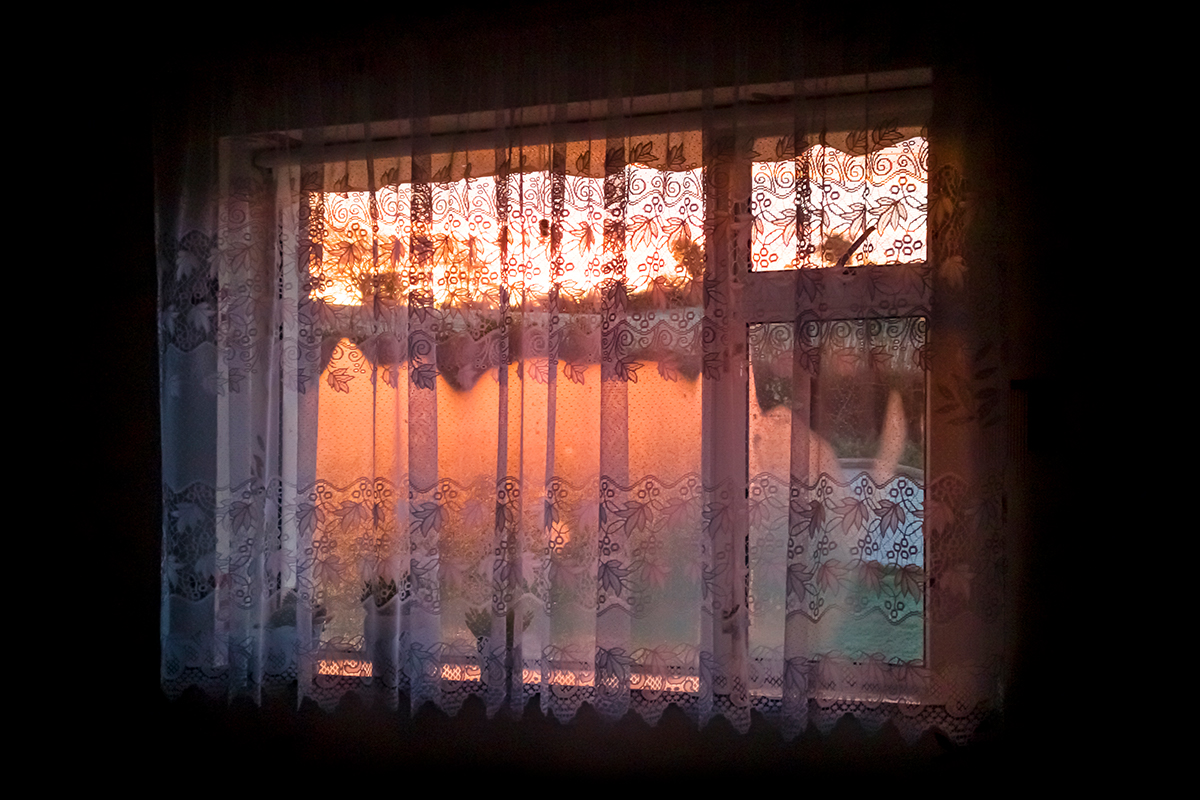Growing up at Jewish summer camp, my Jewish identity and connections to prayer were always rooted in the outdoors. From Shabbat services in the outdoor sanctuary, where I could take off my shoes and wiggle my toes in grass that was still damp with dew, to hikes up to lookout points with wondrous views, being active and outside and able to experience God through nature was at the core of the way I connected to Jewish prayer and practice.
In college, that changed. My energy dropped down to barely-there levels no matter how much coffee I drank, and I went from being a flexible, high-activity gym rat (or at least a gym mouse) to someone with constantly aching joints and skin so sensitive I had to replace half my wardrobe just to find fabrics that didn’t send me into hazes of pain. Eventually, I was diagnosed with fibromyalgia, a chronic disorder characterized by widespread pain, fatigue, and cognitive difficulties (which also explained why my ability to focus went from “rapt attention” to “I can see your lips moving and I’m definitely listening but I have no idea what you just said”). Instead of regular hikes and sunrise yoga sessions, it became a struggle just to get up Brandeis’s dreaded hills and stairs to get to my classes.
I hadn’t realized how much of the way I practiced my Judaism was connected to movement and nature until suddenly I couldn’t easily access either. Even attending student services felt out of reach — what used to be a quick 10-minute walk from my dorm became a daunting journey that took 15 minutes just for the emotional pep-talk to get me out the door.
While I know now that Judaism has a rich tradition of personal, contemplative practice, at the time I only knew two ways of prayer: joining in with a community, or walking in the woods and letting myself happily immerse in the spirituality of the natural world. Trying to find new ways to feel Jewish without the spaces I was used to felt like one more uphill battle. I was used to my Judaism feeling effortless, but suddenly, everything felt like work. It was the first time that I understood the practice part of “Jewish practice.” Practice no longer meant “something I did as a habit,” but rather something I worked at and refined and repeated, building a skill set that was completely new.
I found a new energy in studying Torah and in the rituals of baking challah on Friday afternoons, separating Shabbat from the rest of the week. But what I still missed was having an embodied practice, a sense of prayer that I experienced through physical movement and connection to the world.
Eventually, I found it in part of the liturgy I grew up skipping: birkhot hashachar, blessings for the morning. These prayers are found at the introduction to morning services, before the excerpts of psalms designed to mentally and spiritually prepare you for the day. They include blessings for waking up, for opening our eyes, for rising out of bed, for getting dressed — all of the little things that I used to take for granted but had to learn to do with intention and care and a great budgeting of energy.
Starting a birkhot hashachar practice changed my mornings from an exercise in frustration and fatigue at waking up in pain to an exercise in gratitude. While I sometimes defaulted to Hebrew out of liturgical habit, more often I fell into a mix of Hebrew and English that let me find the right words for what I felt and experienced:
Blessed are you, Spark of Divinity, who returns my soul to me each day.
Blessed are you, Source of Light, who opens my eyes to greet the sunshine.
Baruch Atah Adonai, who stretches firm ground under unsteady feet.
Baruch Atah Adonai, who weaves fabrics of comfort and safety.
Blessed are you, Holy Breath, who fills my lungs with sweetness.
Blessed are you, Abundant One, who has made me in your image.
This last blessing was — and still is — the hardest and the most important. The concept of being made b’tzelem Elohim, in the image of God, was a fundamental Jewish belief that I first learned at camp (it came with an incredibly catchy song) and carried through to my work as a Jewish educator. Claiming it as a person in a disabled body seemed both radical and subversive. But then, maybe it shouldn’t have been — surely the divinity of creation couldn’t be conditional, with only “perfect bodies” able to be considered as being made in God’s image. My body, with its aches and stiffness and flares and unsteadiness, was no less divine in its disability than when it could run and hike and pull all-nighters without consequence, right?
In the years since my diagnosis, I’ve slowly reclaimed some of my old joys. Yoga helps me connect to movement, and on a good day I can manage a two-hour nature walk (though real mountain hikes are still out of reach). But my disability has become central to the daily prayers that are now the foundation of my day and the core of my Jewish practice.
My body is the container for my soul. I’m grateful for everything it does, and not ashamed of what it can no longer do. It’s a source of abundance, not of scarcity. That’s worthy of blessing.



